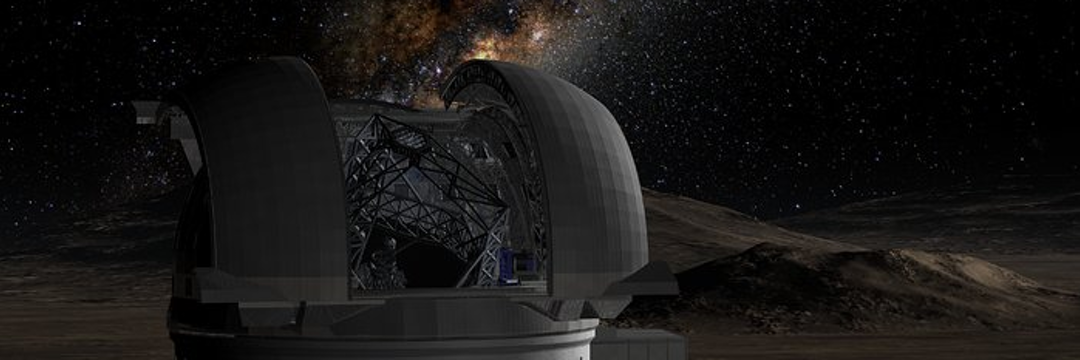
doi.org/10.1051/0004-6361/202450898
Credibility: 989
#Black Holes
The Event Horizon Telescope (EHT), famous for taking the first photographs of black holes, is now working to solve another great mystery of the universe: how black holes launch powerful jets of particles into space
What are black hole jets”
Jets are enormous streams of very high-energy particles that shoot out of black holes at close to the speed of light.
These jets can extend for thousands of light-years.
Scientists want to understand how they are formed and what happens in the regions close to the black hole that give rise to these phenomena.
Recently, researchers led by Anne-Kathrin Baczko of Chalmers University of Technology in Sweden used the EHT to observe a supermassive black hole in the galaxy NGC 1052, located 60 million light-years from Earth.
The results of this study were published in the scientific journal *Astronomy & Astrophysics*.
Observing a distant black hole
The team of scientists used radio telescopes around the world to collect detailed data on the nucleus of the galaxy NGC 1052. These telescopes act as a single giant “superlens”, allowing researchers to observe very small details.
According to researcher Anne-Kathrin Baczko, this black hole is a difficult target to observe because its light is very weak and its structure is complex.
Even so, with the help of telescopes such as ALMA, located in Chile, they were able to measure the strength of the magnetic fields near the black hole’s event horizon.

What did they discover”
1. Powerful magnetic field
Scientists estimated that the magnetic field near the black hole has a strength of 2.6 teslas, which is 400 times stronger than Earth’s magnetic field.
This magnetic field can prevent material from falling into the black hole, helping to launch the jets into space.
2. Giant jets:
The jets of the galaxy NGC 1052 form in a region that is comparable in size to the ring of the black hole M87*, the first black hole imaged by the EHT.
This means that it will be possible, in the future, to capture detailed images of these jets.
3. Promising target for new technologies:
Scientists have also discovered that the light around the black hole shines at frequencies ideal for the EHT, which makes the nucleus of the galaxy NGC 1052 a great target for future observations.
The future of astronomy with radio telescopes
Despite all the challenges, astronomers are optimistic.
More advanced telescope networks, such as the ngVLA (next-generation Very Large Array) and ngEHT (next-generation Event Horizon Telescope), promise to provide even more detailed images of these incredible phenomena in the future.
According to Matthias Kadler of the University of Würzburg in Germany, these new technologies will help create the sharpest images yet of black holes and their jets, revealing hidden secrets about the universe.
This research not only answers questions about how jets form, but also paves the way for new discoveries about black holes and their fascinating interactions with the space around them.
Published in 12/19/2024 09h26
Text adapted by AI (ChatGPT / Gemini) and translated via Google API in the English version. Images from public image libraries or credits in the caption. Information about DOI, author and institution can be found in the body of the article.
Reference article:
Original study:
| Geoprocessing Drone Systems HPC |

| ERP and CRM Systems Mobile Systems AI |


